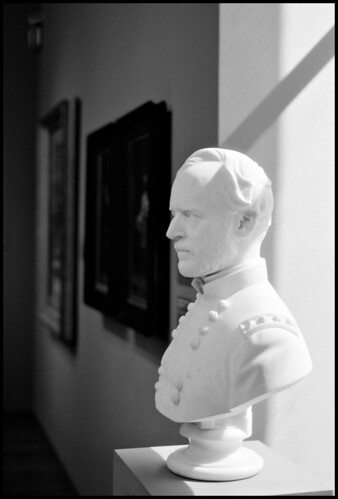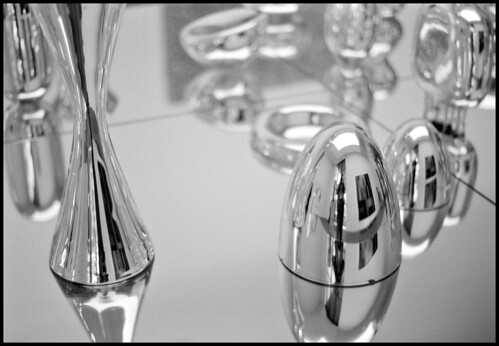To find my best exposure/development times, here's what I do: I shoot a non changing light scene, with incident metering using a yellow filter (always on my lenses) and I do -2,-1,N,+1 and +2.
I -as quickly as possible- place that bracketing four times in the center of frames 1-9,10-18,19-27 and 28-36... I rewind, and in a dark bag I cut the film -arfer trimming a bit of the beginning and a bit of the end- in two by the center, and then again each of the halves in two, and keep the four pieces in the black plastic container very well closed...
Then I develop each piece with a different time, from a few less minutes than recommended, to a few more.
Then, as base density of pieces is different, I make contact prints separately, to the point where base reaches almost pure black: last month I did a lot of tests for stand and semistand, and at f/5.6, my contacts required 30 seconds, 70 seconds, 2 minutes, and 8 minutes!, for developing times of 30 minutes, 1 hour, 2 hours and 4 hours... (It was hard work, and I feel cured for life!)
Then I stick the four pieces of paper together, because it's the only way to really see a combo: you can this way see what's up with shadows, and what's up with highlights. Then I pick my preferred exposure/development, and go out and shoot a roll for that kind of contrast scene to check it's perfect.
Now, here you have it all for free (and #$%! the massive developing chart, ha ha...)
120 Tri-X 320 under direct sun for clear shadows: ISO50, 12 minutes with 3 inversions every minute. No presoak, and 30 seconds of inversions at the beginning. 20ºC.
120 Tri-X 320 overcast or in the shadows: ISO200, 16 minutes with 3 inversions every minute. No presoak, and 30 seconds of inversions at the beginning. 20ºC.
35mm Tri-X 400 under direct sun for clear shadows: ISO50, 14 minutes with 3 inversions every 3 minutes. No presoak, and 30 seconds of inversions at the beginning. 20ºC.
35mm Tri-X 400 overcast or in the shadows: ISO200, 18 minutes with 3 inversions every minute. No presoak, and 30 seconds of inversions at the beginning. 20ºC.
35mm Tri-X 400 for low natural light without yellow filter: ISO1600, 60 minutes with 3 inversions every 5 minutes. Presoak, and 30 seconds of inversions at the beginning. High contrast, little shadow detail, but OK. Less agitation or longer times are worse. 18ºC.
35mm Tri-X 400 for low tungsten light without yellow filter: ISO3200, 60 minutes with 3 inversions every 5 minutes. Presoak, and 30 seconds of inversions at the beginning. High contrast, little shadow detail, but OK. Less agitation or longer times are worse. 18ºC.
This is for real printing! What about scanning? Anything will do! After scanning and digital printing, Tri-X is not Tri-X! Consider shooting digital...
Cheers,
Juan



